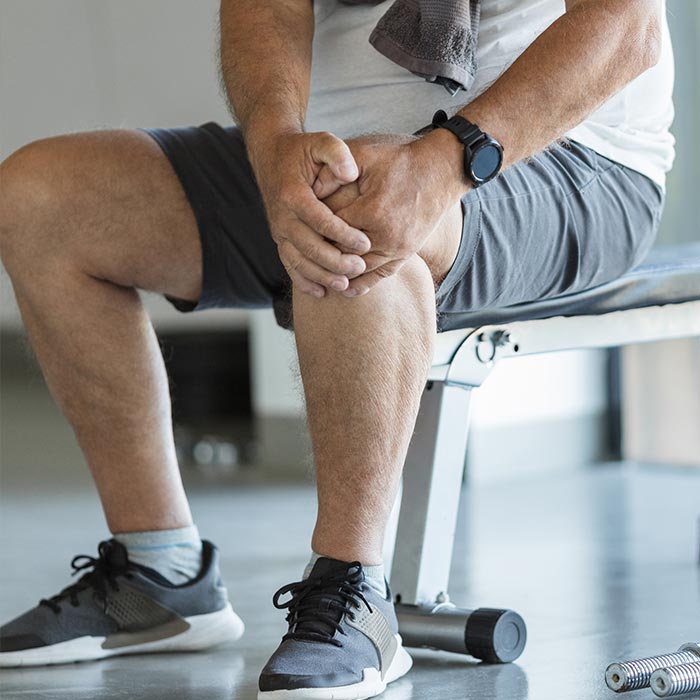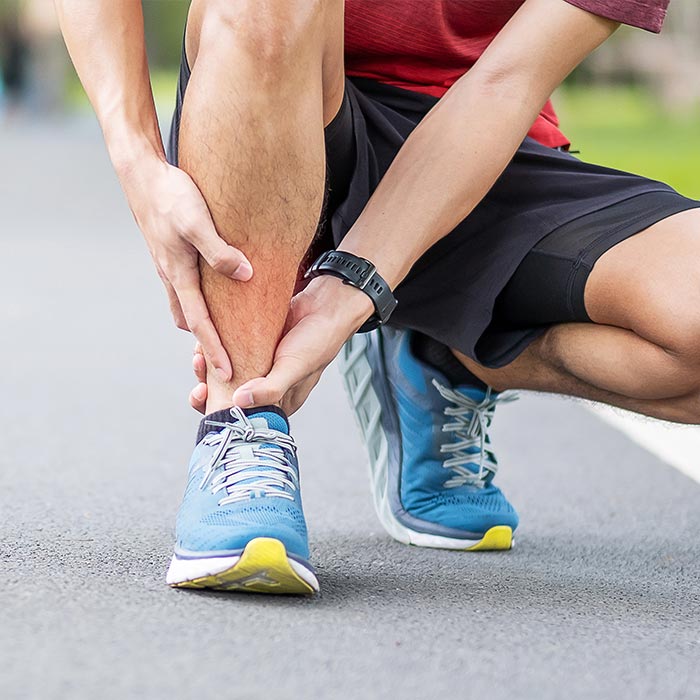Overuse injuries in running are a common type of injury seen in the rehabilitation setting. It can be sometimes unpredictable and occur unexpectedly.
Overuse injuries often occur when there is no single cause or event that has led to the issue. Instead, the injury occurs over a period of time where there is small or “micro” trauma and is repeated at a frequency that leads to tissue overload. This overload can be caused by inadequate recovery between loading sessions or too much load in a single session where it exceeds the capacity that various body tissue can cope with.



When exercising, the musculoskeletal system is stressed and then needs time to adapt and increase the ability to tolerate that specific level of load. If the capacity limits are exceeded and load exceeds tolerance, this is when and overuse injury happens. The training loads compound on each other adding up like a bottle of water filling up. until the bottle overflows. When this happens, it results in pain and impairment and normally a need to stop training.
The two most seen components of GTPS are a glute medius tendinopathy and bursitis. A tendinopathy means that there is dysfunction in the tendon which can be several things including the tendon becoming disorganised in shape, having more water and inflammatory cells in it and reduced ability to cope with exercise. A bursitis means that the fluid filled sac (called a bursa) that sits over the greater trochanter has become inflamed and swollen. Often an inability to lie on your side for any length of time is an indication of a bursitis.
Different types of overuse injuries by tissue type:
- Bone – Stress reaction, stress fracture, osteitis, apophysitis
- Tendon – Tendinopathies or tendon synovitis
- Joint – Labrum injuries, Synovitis, chondropathy
- Ligaments – Micro tears or chronic degeneration
- Muscle/fascia – DOMS, fasciitis, compartment syndrome
- Busra – Bursitis
- Nerve – Altered neuromechanical sensitivity, entrapment
Examples in runners:
- Bone – Metatarsal stress fracture or medial tibial pain syndrome (shin splints)
- Tendon – Achilles tendonitis, Patella tendonitis
- Joint – Ankle synovitis
- Muscle/fascia – Illiotibial band syndrome
- Bursa – Greater trochanteric bursitis
Risk factors for overuse injuries in running can have a varying contribution to the likelihood in developing overuse injuries. Below are some examples:
- Nutrition and caloric balance
- Stress and mental health
- Poor sleep
- Poor recovery time – sessions to close together
- Footwear
- Surfaces/inclines
- Training intensities or sudden spikes in volumes
- Muscle imbalance/weakness – strength and conditioning
- Age
- Sex – Males more likely than Females
- Experience
- History of previous injuries

Avoiding and managing overuse injuries:
Understanding the process of overuse injuries and the potential risk factors involved is a key component in avoiding and managing the issue. The main premise is centred around load management and allowing the overloaded tissue time to settle and recover as well as then increasing the capacity limit of the tissue again.
Some of the aims of treating overuse injuries are to: reduce pain and inflammation, promote and facilitate healing, restore normal function of the involved area, develop a gradual reloading plan and identify and modify the cause.

